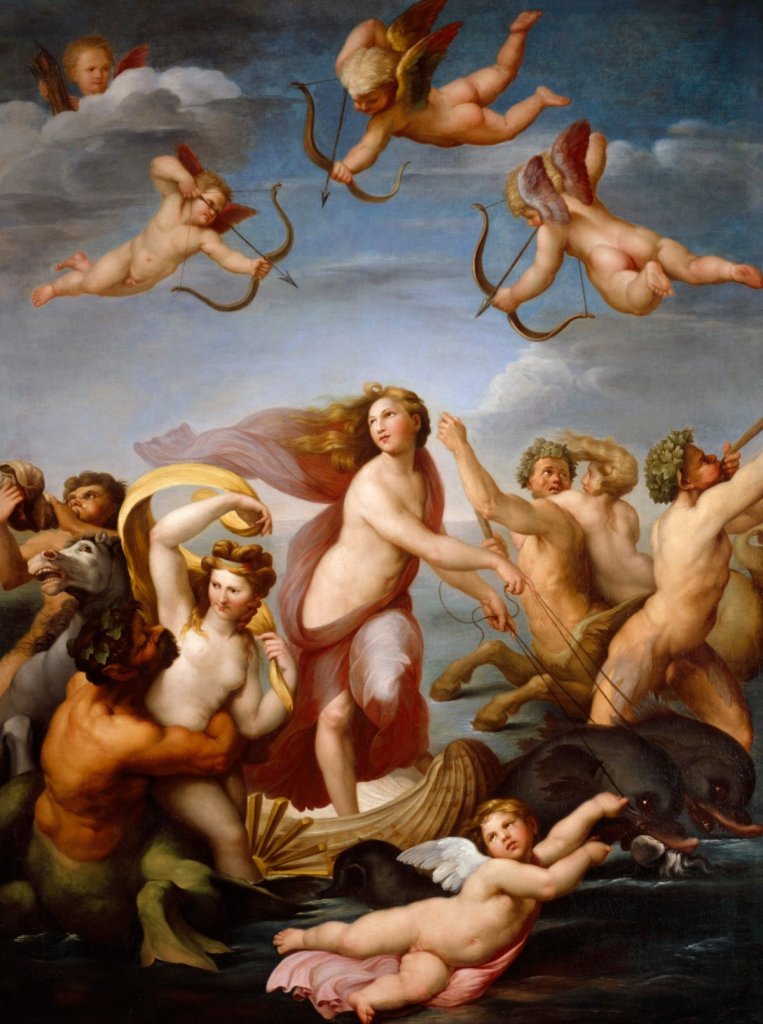Statues of Greek Goddesses is the pinnacle of classical art, attracting attention for its mysterious, elegant image and exquisite carving techniques. These sculptures are a unique interpretation of the goddess image in Greek mythology, as well as the artists’ pursuit of sacred beauty. This article will delve into the historical and cultural significance of Greek goddess sculptures, and answer some common questions about them.
1. What is a Greek goddess sculpture?

Statues of Greek Goddesses refers to sculpture works based on the image of goddesses in Greek mythology. These sculptures are usually made of materials such as marble and bronze, showcasing the elegance and mystery of the goddess with exquisite carving techniques.
2. What is the historical origin of Greek goddess sculpture?

The history of Greek goddess sculptures can be traced back to the 7th century BC to the 5th century BC, which was the golden age of ancient Greece. During this period, ancient Greek art flourished, and goddess sculptures became the main object for sculptors to explore the beauty of the human body. One of the most famous Greek goddess sculptures is Venus of Milo, becoming one of the representatives of classical art.
3. Which goddesses are often carved?

Athena, Artemis, and Aphrodite are common sculptural goddesses. Athena is often depicted as the goddess of wisdom and war, Artemis as the goddess of hunting, and Aphrodite as the goddess of love and beauty.
4. What is the symbolic significance of these sculptures?

Statues of Greek Goddesses is not only an artistic expression of the goddess image in mythology, but also contains profound symbolic significance. Athena represents wisdom and strategy, Artemis symbolizes hunting and nature, and Aphrodite is a symbol of love and beauty. These sculptures convey the pursuit of ideal beauty in ancient Greek culture through artistic language.
5. What are the artistic characteristics of Greek goddess sculpture?

The artistic characteristics of Greek goddess sculpture are mainly reflected in the precise grasp of human body proportions, smooth curves, and elegant postures. Sculptors focus on capturing the divine beauty of goddesses, making these sculptures not only static works of art, but also flowing life.
6. How does the influence of Greek goddess sculpture continue to this day?
The influence of Greek goddess sculpture has continued to be profound in art history. They not only held an important position in ancient Greek art, but also became a source of inspiration for later artists. Today, we can still feel the influence of these sculptures in sculpture, painting, and architecture, and they have become eternal examples of art.

Statues of Greek Goddesses is a masterpiece in classical art that sparkles with mysterious radiance. Through skillful portrayal of goddess images, it showcases the ancient Greek culture’s reverence for beauty. These sculptures such as famous Venus Bathing Statue were not only the pinnacle of art at that time, but also the inheritance of the beauty of mythology and ideals. To this day, Greek goddess sculptures still occupy a place in museums and art schools around the world, continuing to inspire artists in their pursuit of beauty and creative inspiration.
Send us your requirements now, we will reply to your email within 24 hours
